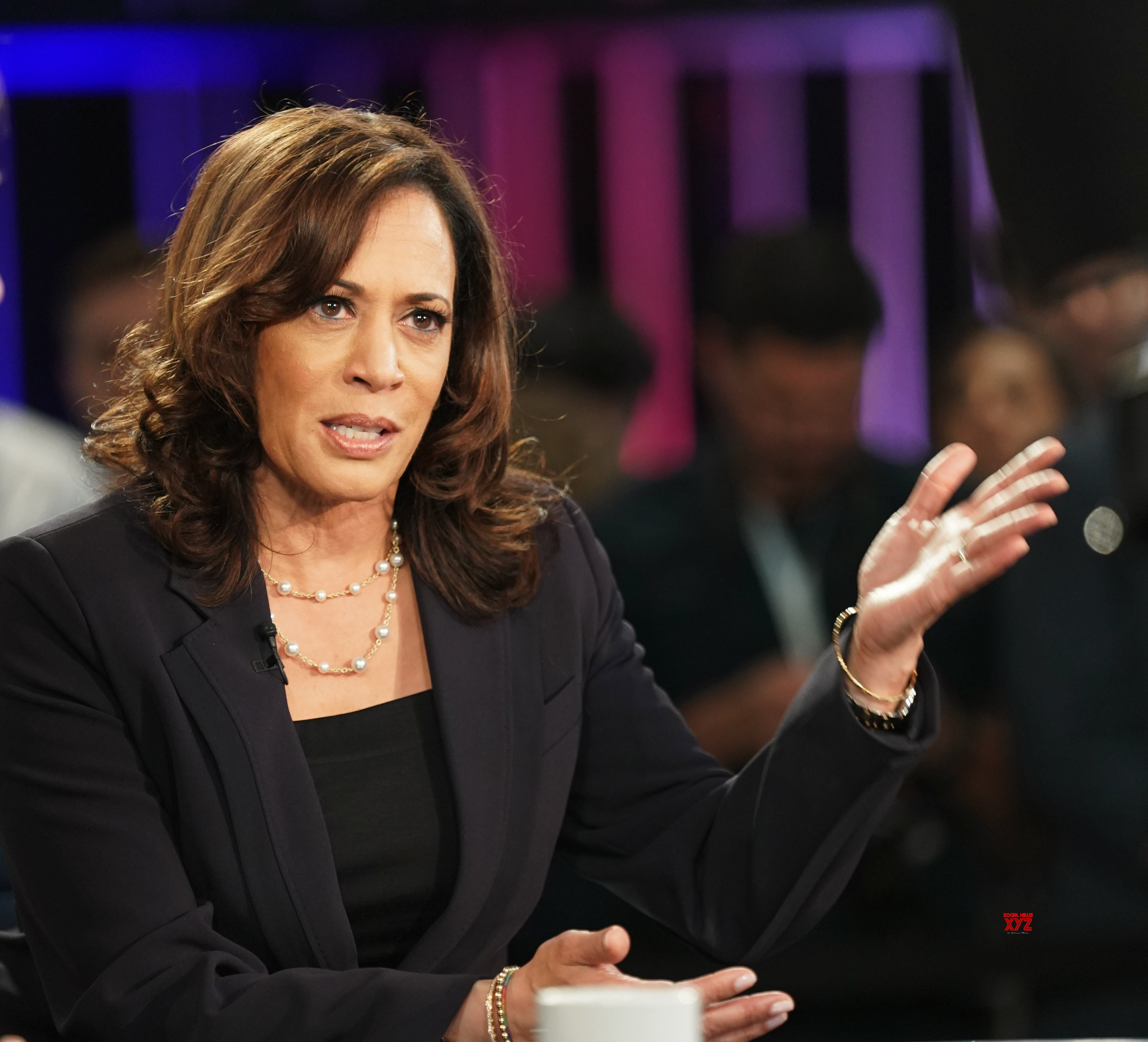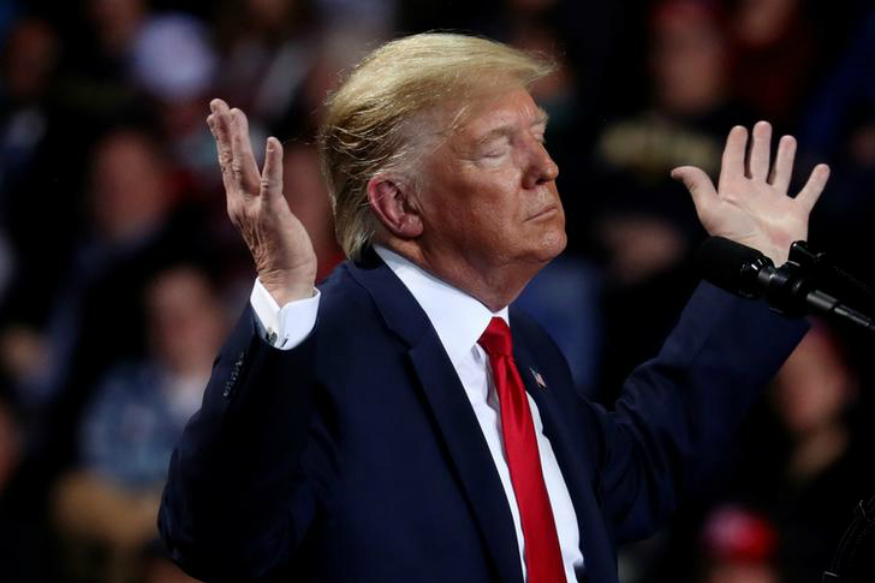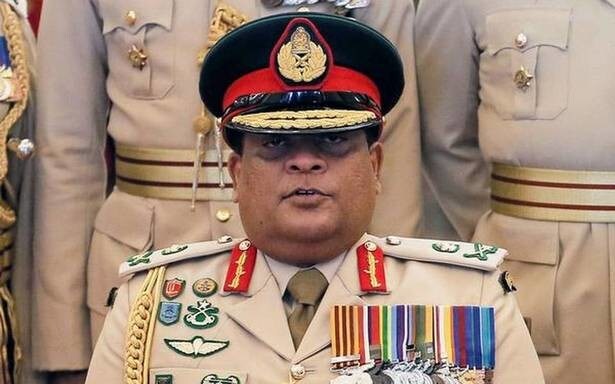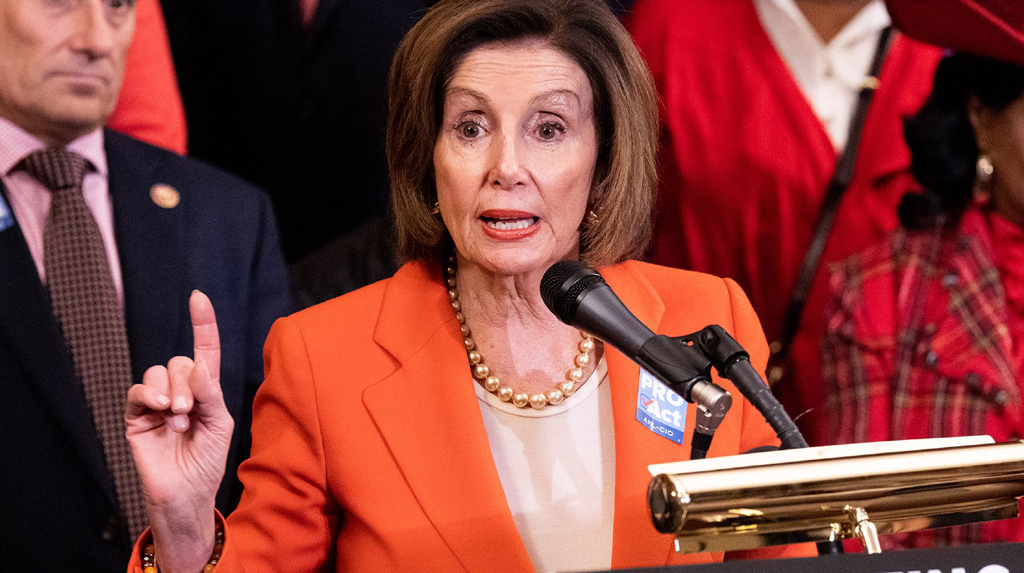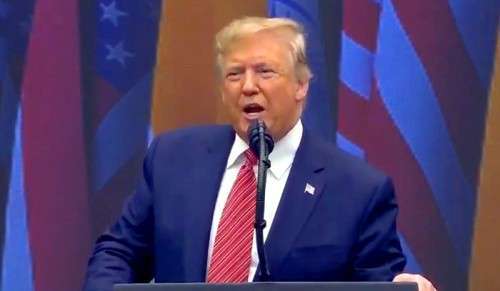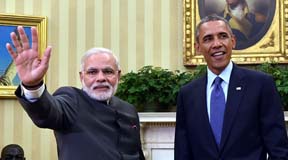 WASHINGTON: Over the next two years, the Obama Administration would focus significantly on India-US economic and financial partnership and support the reform effort of the Indian government, a US official has said.
WASHINGTON: Over the next two years, the Obama Administration would focus significantly on India-US economic and financial partnership and support the reform effort of the Indian government, a US official has said.
Describing this as “a win-win” proposition, the official said, the partnership would also encourage greater opening of India’s economy to US firms and improving the climate for US investment in the country.
“Over the next two years, we plan to focus significant attention on the US-India Economic and Financial Partnership – the US Treasury’s main vehicle to engage on economic issues with India.
“Through this Partnership, we will support India in its growth and reform efforts and encourage the greater opening of India’s economy to US firms,” Treasury Undersecretary Nathan Sheets said.
“This is, again, a “win-win” proposition,” Sheets said.
“We can create new growth and employment opportunities in the United States by further opening this growing market for US exports, improving the climate for US investment in India, and leveling the playing field for US companies,” he said.
“For India, faster growth, deeper financial markets, and greater openness to trade and foreign investment promise to raise incomes, reduce poverty, and bring many more Indians into the global middle class,” he added.
The top Treasury official said the US has an important window of opportunity to deepen its economic engagement with India.
“India and its people share with the United States an entrepreneurial spirit, a commitment to a vibrant private sector, and a record of economic growth built largely on domestic demand,” Sheets said.
He said one of the top priorities of the Obama Administration is engagement with the world economy’s emerging giants, notably China and India in Asia, as well as Mexico and Brazil in Latin America.
“We are committed over the next two years to finding ways to continue to strengthen our bilateral relationship with China – such as by advancing negotiations on a high-standard bilateral investment treaty – and to work together in multilateral settings,” he said. . Noting that China faces challenges in maintaining its own growth in the years ahead, he said the country’s expansion over the past three decades –
although extraordinary by any measure – was based heavily on abundant cheap labor, outsized investment, an emphasis on industry, and rapid growth in exports.
“This is no longer a viable model of growth for China, or for the world economy,” Sheets said.
The ambitious Third Party Plenum reforms are squarely aimed at achieving sustainable growth by rebalancing toward household consumption instead of exports, and toward the services sector instead of industry, he added.
“One critical piece of this agenda – and one on which we are actively engaged with the Chinese – is the continued reform and development of the financial sector, in order to increase its capacity to provide financing to the new, small, and private enterprises that will drive future growth,” the Treasury official said.
“Also critical to China’s success – and an area of particular importance to us at the Treasury – is China accelerating its move to a market-determined exchange rate.
China has made real progress, but more work remains to be done. At this past S&ED in July, China committed to move to a market-determined exchange rate and to reduce intervention as conditions permit,” he said.
“If China continues to live up to this commitment, as it has in the months since the S&ED, and allows the exchange rate to adjust, the result would be increased household purchasing power and stronger domestic demand.
This would support a shift in China’s economy away from investment and exports, and toward services and consumption-led growth.
It would also promote a “win-win” growth scenario by increasing opportunities for US firms and workers to sell into a growing Chinese domestic market,” Sheets said. -PTI

